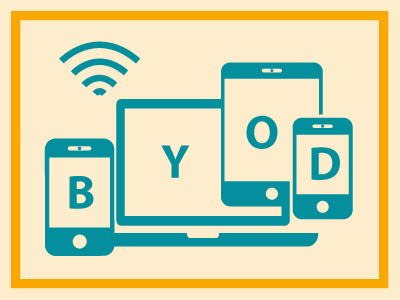
There is growing evidence that mobility brings significant benefits to clinicians. However, some of the common sticking points with any new technology are cost and choosing the right solution for the organization.
Let’s start by assessing the financial factors or return on investment (ROI) and what approach to mobile makes the most sense.
There’s a cost to making mobility a reality and healthcare organizations must weigh up whether the investment will yield the returns expected. However, the ROI on mobility should be looked at from higher level, one that affects the healthcare institution and even healthcare overall. One of the purposes of mobility is it improves data availability, which in turn should result in fewer unnecessary tests and treatments and less delay. If a hospital isn’t doing unnecessary tests, this not only reduces costs but potentially frees up beds sooner for the next patient. Mobility also enables workflow efficiencies and ensures more accurate information is available as and when required, improving clinical care and reducing readmissions.
It should also be remembered that most facilities have a budget for technology advancements, so rather than thinking about mobility as an additional cost, it should be considered as part of the overall package of advancing the organization’s technology capabilities.
What investment makes most sense?

If an investment is considered worthwhile, the next question is, what or which mobile solution should organizations invest in and how will this decision be made?
The investment decision will depend on the size of the organization and its needs. For example, a hospital will have a different mobile focus than a community organization. Decision-makers need to ask what will make the biggest difference to a mobile workforce and enable them to achieve better and more efficient workflow, 24/7. The advantage of mobile is it allows users to access information without being deskbound.
Before choosing the solution, it’s important to first identify the problems that need to be solved and pick a solution that best fits the users’ needs, within the confines of the organization’s budget. Thought should also be given to the longer-term needs of the organization, such as the expansion of telehealth services and hospital-in-the-home capabilities.
Does BYOD make sense?

There’s also the cost of the hardware to consider. Will the hospital or healthcare organization be supplying the device or will clinicians be encouraged to bring their own device (BYOD)? How will mobility work with the health facility’s current internet services? Are WiFi speeds and connectivity suitable for mobility?
It seems likely that this will become the preferred option for several reasons: Most clinicians have their own mobile devices and people typically are more comfortable using technologies they are familiar with. Furthermore, they typically upgrade more often than an organization might, and BYOD delivers a cost reduction to the organization.
While healthcare facilities may relinquish some security and control with BYOD, there are new alternatives and solutions. Devices are increasingly offering dual SIM compatibility and dual user profiles, which means clinicians can use a different SIM at work to the one they use privately. And the organization can implement greater controls over work-based SIMs/profiles. It’s also not difficult to block certain sites and applications when a device works off the organization’s WiFi. Mobile application management tools now have a host of features to support a BYOD model compared to the traditional mobile device management tools.
One concern might be that users won’t update their devices as often as is required for solution updates. This can easily be addressed with version control. Yes, that means those who aren’t willing to upgrade won’t have access, but data integrity should never be compromised. A flexible way to address the situation of users not wanting to use their own device or upgrade it as needed is to provide a bank of corporate facility devices that can be used on a day-to-day basis.
As with any new technology approach, there are always barriers, but in the long run the benefits to clinician efficiency and progressive care of patients is to enable mobility.








